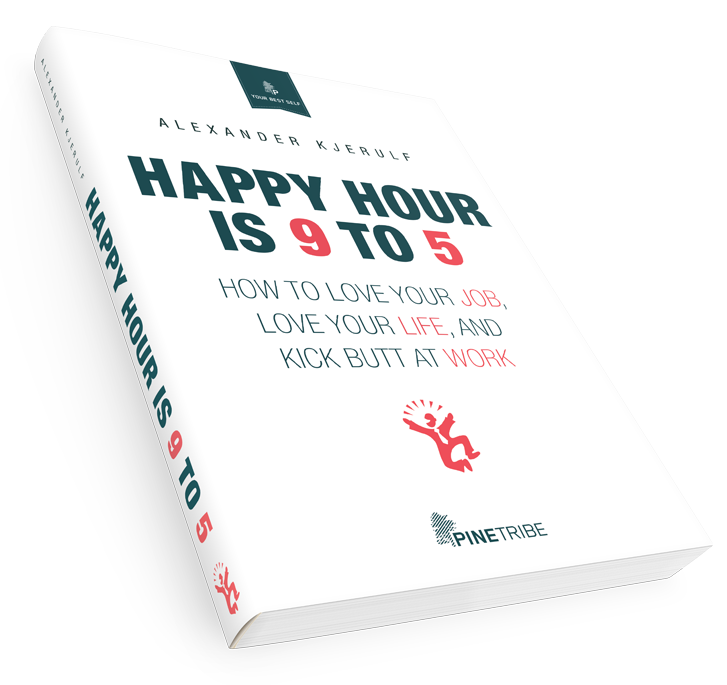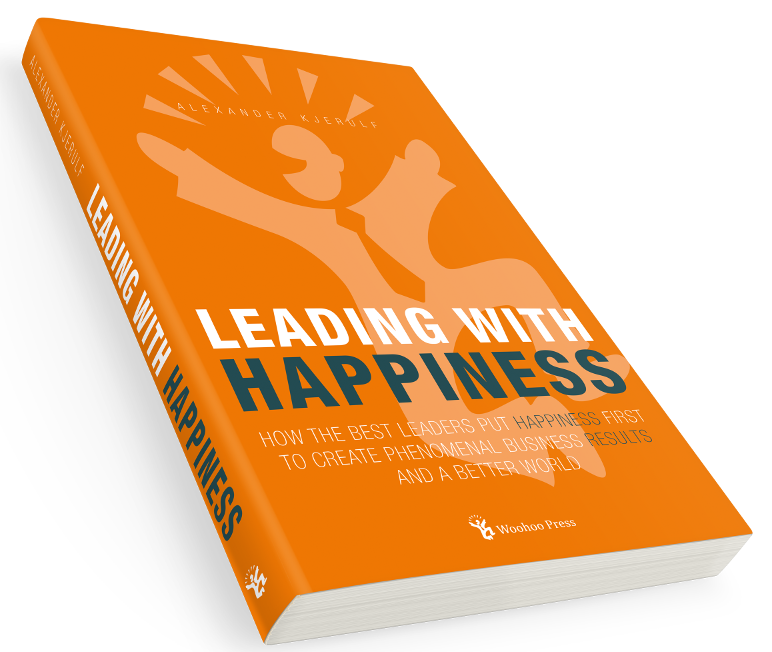 You should know one thing before you read my review of Ricardo Semler’s excellent book The Seven-Day Weekend: He’s my idol.
You should know one thing before you read my review of Ricardo Semler’s excellent book The Seven-Day Weekend: He’s my idol.
I’ve read his books and followed his work and I’m a fan. Completely, unashamedly, unreservedly, probably in the same way that 14-year old girls are fans of Justin Timberlake. If he ever comes to Copenhagen to give a speech, I’ll be in the front row, screaming my little lungs out.
Ahem. I deeply admire Ricardo Semler. He’s the CEO of the Sao Paulo, Brazil-based company Semco, and his vision of leadership has been the driving force behind an organization so different, so innovative and so successful that the business world has been forced to sit up and pay attention.
That’s admirable but it’s not the most important reason why Ricardo is my idol. The core reason is this: Semler has chosen happiness as his driving force in business.
He enjoys life and he wants Semco’s employees, customers, suppliers and community to be happy as well. That is the real motivation behind Semco. Not growth. Not profits. Not power. Not status. But happiness.
This is why Semco has chosen to do things… somewhat differently. At Semco:
- Employees set their own working hours
- Employees choose their own salaries
- All meetings are voluntary and open to everyone
- Employees hire their own bosses
- HR has been almost abolished, because leaders need to be able to treat their employees right themselves
- All employees rate their bosses twice a year and all ratings are published
- Employees choose which leader they want to work under
- Employees choose which Semco office they want to work out off
- Employees can take early retirement, meaning they get one day a week off in return for working one day a week after they retire.
Etcetra, etcetera, et-fricking-cetera… It’s hard to find a single aspect of traditional organization and management that Semco hasn’t either blown up, reinvented, abolished or turned upside down. I like it!
Semler first described his vision in the aptly titled book Maverick (also an excellent read). The Seven-Day Weekend was written about ten years later and goes even further.
The title references Semler’s belief that life cannot be divided into work and free time any more. If you can answer business-related email on a sunday evening, why can’t you go to the movies on a wednesday morning? Semco wants employees who are 100% themselves on the job or off it. Consequently, they treat employees as adults who are capable of making decisions for themselves. In return, people respond by honoring that trust and delivering fantastic results.
The book is full of stories from Semco’s everyday existence, and these stories are a joy to read. Time and again these stories illustrate, that Semco does not choose the easy way out. The easy, safe and comfortable way is to fall back on well-known, hierarchical control structures. Semco consistently resists this temptation and instead chooses to believe in its people and its corporate values.
As a result, on of Semco’s top management’s most important leadership tools is… inaction. Not to do anything. To not interfere and to let the organization work out an issue on its own. To trust the process they’ve defined and see where that takes them.
Not out of a laissez-faire management style or a fear of conflict (if anything, Brazilians seem to relish conflict), but out of a realization that every time top executives step in and mandate a solution, they rob the rest of the organization of initiative and the will to act.
This is without a shadow of a doubt the best and most important book on leadership I have ever had the pleasure to read. This book quite simply rocks, and any leader who reads it will be able to pluck dozens of useful, practical and innovative ideas from it’s pages.
It’s an easy, fun read, the stories are told amazingly well and the book is 100% free of MBA-jargon.
Read it!!!
If you liked this post I think you might also enjoy these:



Leave a Reply